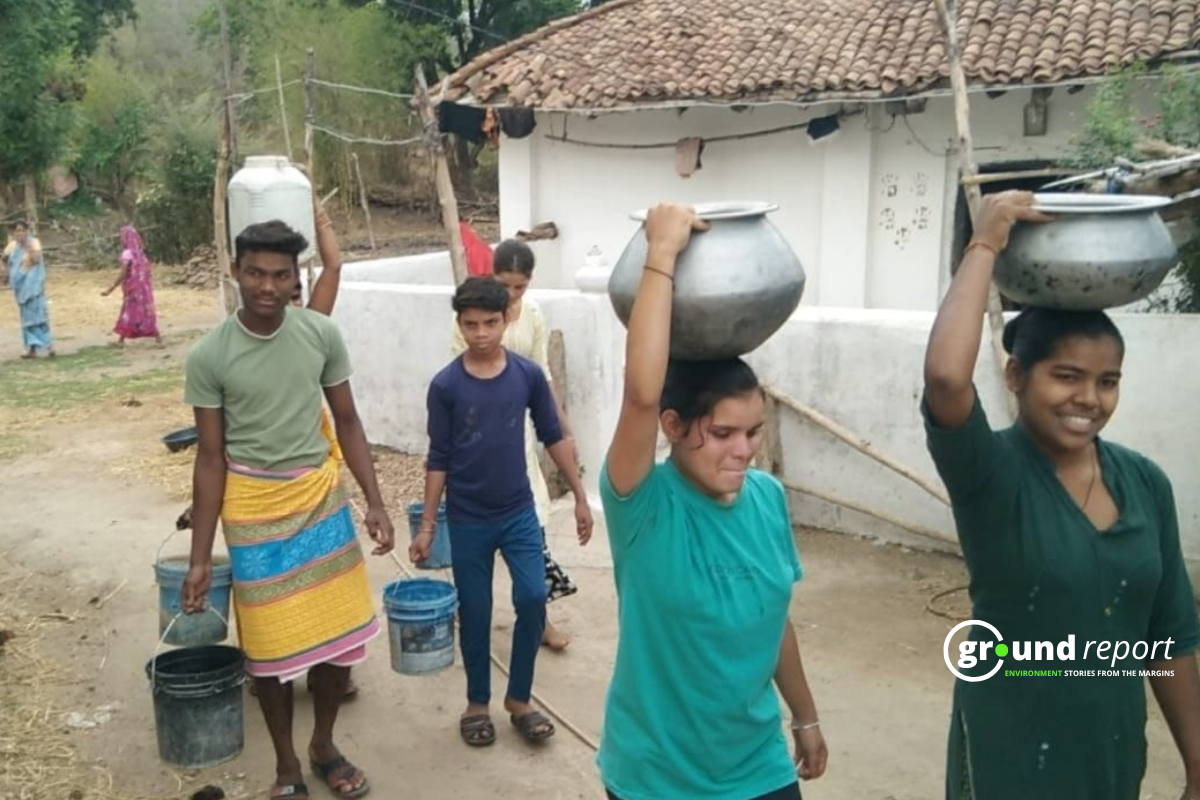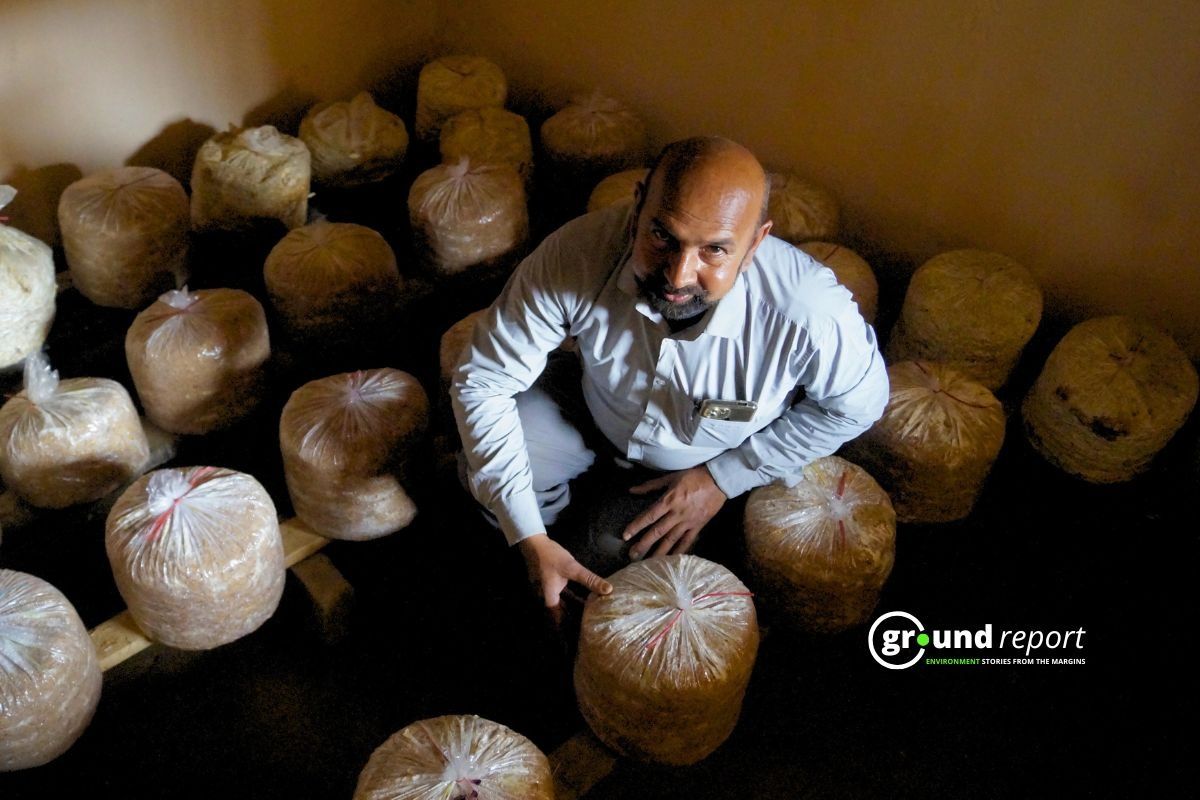The United Nations Food and Agriculture Organisation (FAO) predicts global wheat production will reach 796 million tonnes in 2025, a 1% increase from the previous year. This growth is driven by expanded wheat planting in the European Union, particularly France and Germany. However, extreme weather conditions, including droughts in Eastern Europe and heavy rains in the west, may impact yields.
In the United States, wheat acreage is expected to rise, but experts warn drought conditions may slightly reduce production. Canada is projected to see stable wheat output due to better soil moisture and strong market prices.
Rice production hits record high
Global rice production is set to reach a record 543 million tonnes in 2024/25, due to favourable weather in India, Cambodia, and Myanmar. India has a strong harvest, with secondary crop plantings progressing well. The FAO has raised its forecast for global grain production in 2024 to 2,842 million tonnes, slightly above last year.
Global cereal consumption is expected to reach 2,867 million tonnes in 2024/25, reflecting a 1% rise from the previous year. This increase is driven by record-high rice consumption, while wheat use is expected to remain stable. However, wheat consumption for food may decline, while industrial use, especially in China, is projected to rise.
Despite rising production, global grain stocks are expected to decrease by 1.9%, reaching 869.3 million tonnes in 2025. While Russia and Ukraine are expected to increase their grain reserves, reductions in other regions will offset these gains. The FAO has also lowered its global trade forecast to 484.2 million tonnes, a 5.6% drop from last season, due to shifting export patterns.
The FAO warned about food insecurity, stating that 45 countries, including 33 in Africa, nine in Asia, two in South America, and one in Europe, need food assistance. Conflicts and unstable politics worsen food shortages. The most severe crises are in Gaza (Palestine) and Sudan, where populations face extreme hunger and malnutrition.
45 countries need food aid
Global grain production faces challenges from climate change. Deficient rainfall in North Africa is likely to reduce 2025 grain output, while improved rainfall in South Africa may boost yields. In Asia, wheat production is expected to increase in the Far East due to better planting conditions, but in the Near East, harvests may fall below the five-year average due to drought.
In South America and the Caribbean, mixed weather is affecting maize production. A disease outbreak in Argentina raises concerns, but overall production is expected to remain above average, thanks to strong crops in Brazil.
FAO’s latest report highlights the need for global cooperation in addressing food security challenges. While grain production is expected to rise, climate change, geopolitical tensions, and economic shifts could impact food supply and distribution.
Support us to keep independent environmental journalism alive in India.
Keep Reading
California Fires Live updates: destructive wildfires in history
Hollywood Hills burning video is fake and AI generated
Devastating wildfire in California: wind, dry conditions to blame?
Los Angeles Cracks Under Water Pressure
From tourist paradise to waste wasteland: Sindh River Cry for help
Follow Ground Report on X, Instagram and Facebook for environmental and underreported stories from the margins. Give us feedback on our email id greport2018@gmail.com.
Don’t forget to Subscribe to our weekly newsletter, Join our community on WhatsApp, and Follow our YouTube Channel for video stories.






